Keeping snakes as pets has become increasingly popular among exotic animal enthusiasts. Despite their sometimes fearsome reputation, many snake species are remarkably docile, making them ideal companions for both novice and experienced reptile keepers. These calm-natured serpents require less handling experience and create less stress for both the keeper and the animal. Whether you’re considering your first snake or looking to expand your collection with a more peaceful species, understanding which snakes naturally possess gentle temperaments can help ensure a rewarding relationship. This article explores ten peaceful snake species that adapt well to captivity, highlighting their distinctive characteristics, care requirements, and the qualities that make them exceptional pets for responsible owners.
Ball Pythons: The Gentle Giants
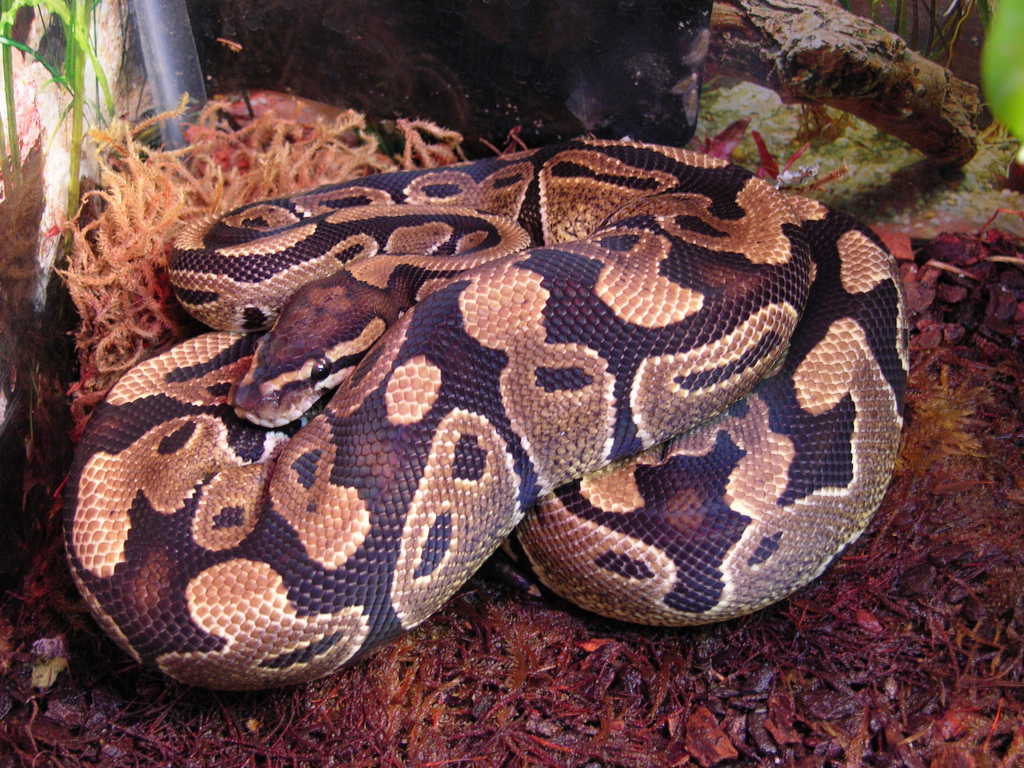
Ball pythons (Python regius) have earned their reputation as one of the most docile snake species available in the pet trade, making them perfect for beginners. Native to central and western Africa, these snakes typically grow to a manageable 3-5 feet in length, with females generally larger than males. Their name comes from their defensive behavior of curling into a tight ball with their head protected in the center when they feel threatened, rather than striking.
Ball pythons are known for their calm temperament, reluctance to bite, and their ability to become quite comfortable with regular, gentle handling. With proper care including appropriate temperature gradients, moderate humidity levels, and a secure enclosure, these pythons can live 20-30 years in captivity, making them long-term companions for dedicated keepers.
Corn Snakes: Colorful and Calm
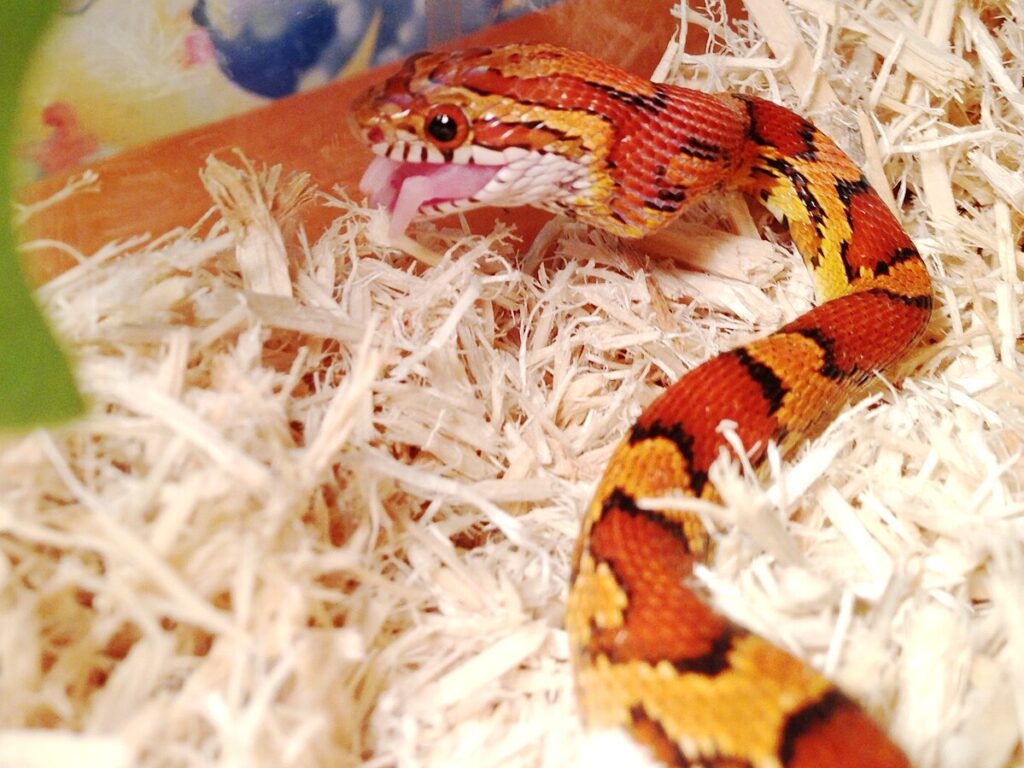
Corn snakes (Pantherophis guttatus) stand out as some of the most peaceful and low-maintenance snakes available to reptile enthusiasts. These North American colubrids typically reach 3-5 feet in length and are renowned for their striking color variations, with morphs ranging from classic orange and red patterns to lavenders, snows, and caramels. Their docile nature makes them exceptionally tolerant of handling, rarely displaying defensive behaviors even when startled.
Corn snakes are escape artists by nature, so secure enclosures are essential, but their care requirements are straightforward with simple heating, feeding, and habitat needs. Their natural curiosity, combined with a gentle disposition, makes them interactive pets that rarely bite and quickly become accustomed to their keepers. With a lifespan of 15-20 years and minimal space requirements, corn snakes represent an excellent option for reptile keepers of all experience levels.
Kenyan Sand Boas: Pocket-Sized Pets
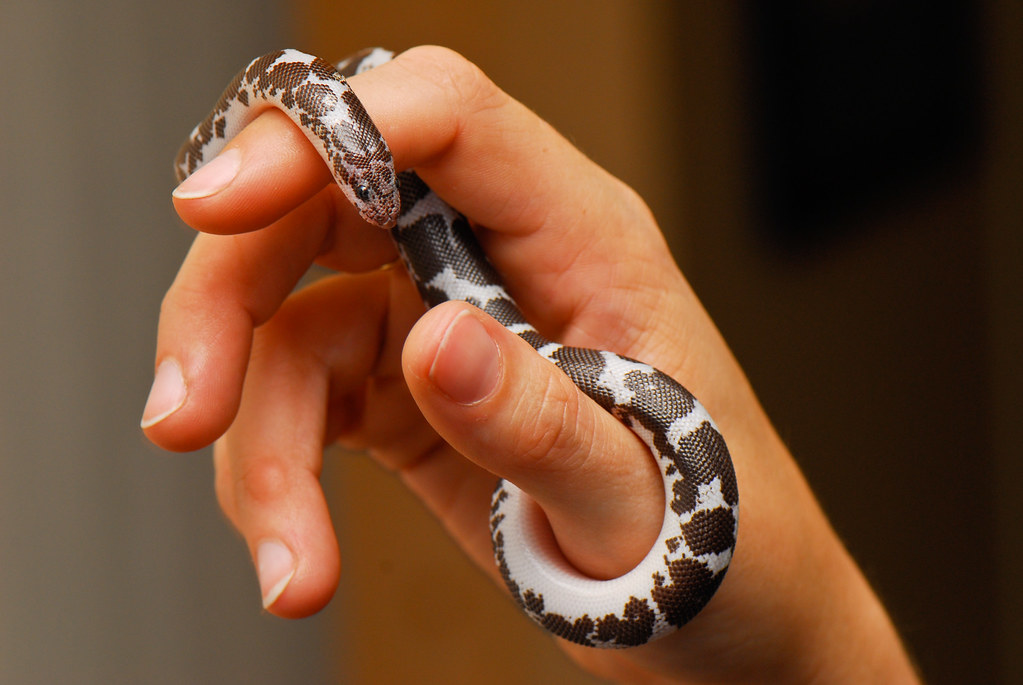
Kenyan Sand Boas (Eryx colubrinus) offer reptile enthusiasts a peaceful species in a compact package, rarely exceeding 2-3 feet in length, with females substantially larger than males. These stout-bodied, fossorial snakes naturally inhabit sandy regions of East Africa, where they spend much of their time burrowed beneath the substrate. In captivity, they display remarkably calm temperaments, rarely becoming defensive or attempting to bite even when handled.
Their small size makes them ideal for keepers with limited space, requiring only a 20-gallon enclosure for adults. Kenyan Sand Boas thrive with a deep substrate that allows for their natural burrowing behavior, along with moderate temperatures and relatively simple husbandry requirements. While they may not be as active or visible as some other species, their peaceful nature, manageable size, and striking appearance with distinctive orange, brown, and black patterns make them excellent pets for both beginners and experienced keepers seeking a low-maintenance companion.
Children’s Pythons: Small but Sociable
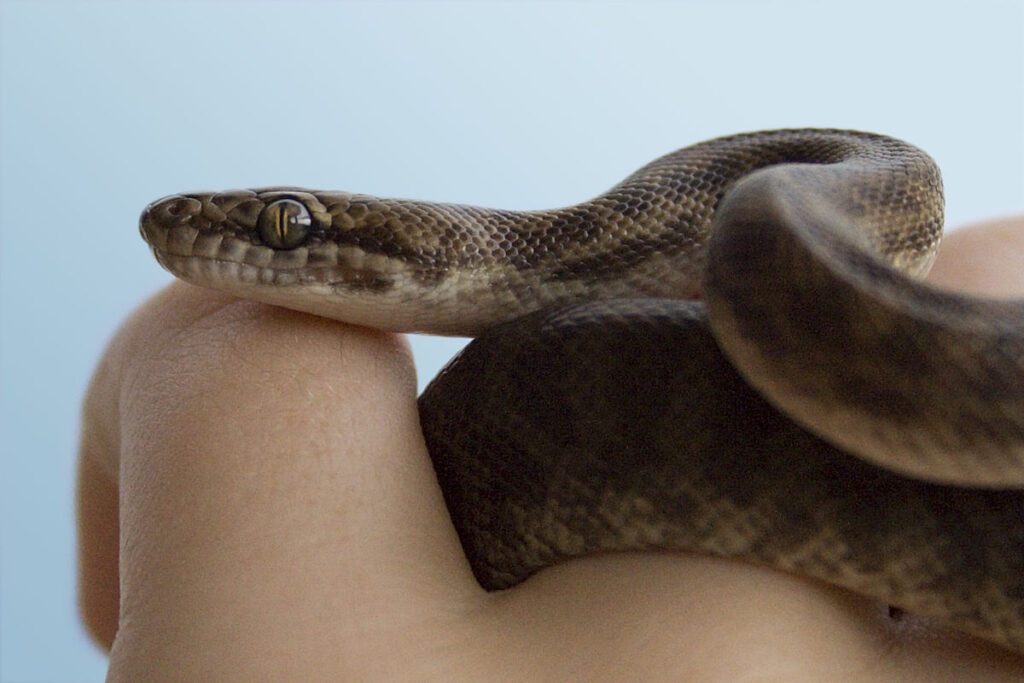
Children’s Pythons (Antaresia childreni), named after zoologist John George Children rather than for any particular suitability for young people, are small Australian pythons with exceptionally gentle dispositions. These slender snakes typically reach only 2-4 feet in length, making them one of the smallest python species available in the pet trade. Their compact size doesn’t compromise their personality, as Children’s Pythons are known for being curious, calm, and rarely defensive even when startled.
These snakes adapt remarkably well to captivity, quickly becoming comfortable with regular handling and showing little stress during routine maintenance of their enclosures. Native to the arid and semi-arid regions of northern Australia, they require relatively simple setups with appropriate heating, a secure hide, and modest space requirements. Children’s Pythons possess incredible feeding responses despite their gentle nature, readily accepting appropriately sized rodent prey and rarely refusing meals, which contributes to their reputation as undemanding captives with lifespans of 20-30 years.
Rosy Boas: Desert Beauties
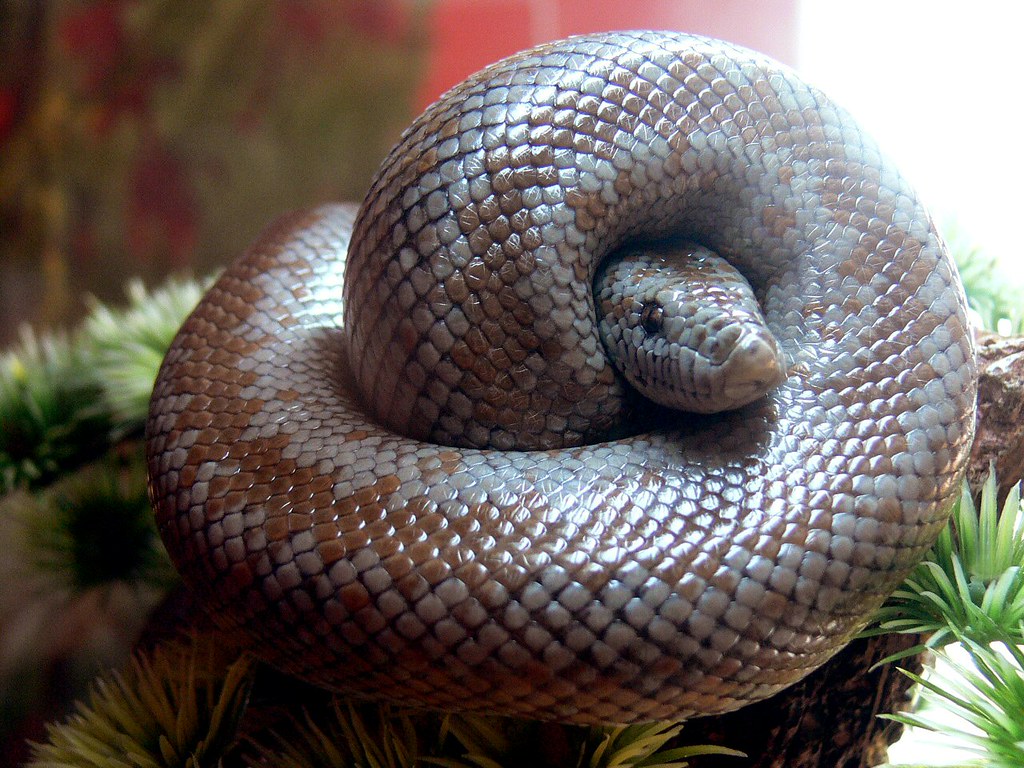
Rosy Boas (Lichanura trivirgata) represent one of North America’s most peaceful native snake species, renowned for their extraordinarily gentle temperament and striking color patterns. These stocky, slow-moving snakes from the southwestern United States and Mexico typically reach only 2-3 feet in length, making them ideally sized for captivity. Rosy Boas rarely display defensive behaviors, with most specimens never attempting to bite even during their initial acclimation to captivity.
Instead of striking when threatened, they typically ball up or slowly attempt to move away, making them excellent candidates for keepers who prefer particularly docile snakes. Their care requirements reflect their desert origins, with low humidity needs, moderate temperatures, and simple enclosure setups.
Rosy Boas are available in several locality-specific color variations, including the popular coastal, Mexican, and desert forms, each displaying distinctive stripe patterns that run the length of their bodies. With proper care, these gentle serpents can live 20-30 years, forming long-term bonds with their keepers while remaining consistently calm throughout their lives.
Western Hognose Snakes: Dramatic but Harmless
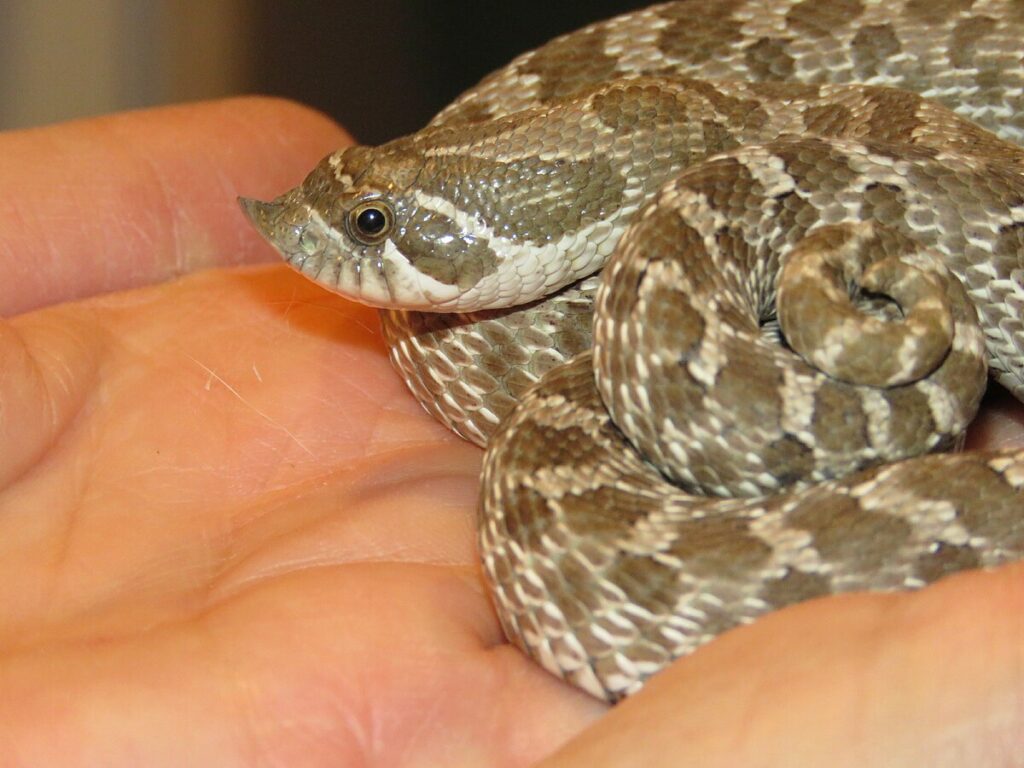
Western Hognose Snakes (Heterodon nasicus) combine theatrical defensive displays with an ultimately gentle nature, making them fascinating and peaceful captives. These North American colubrids are immediately recognizable by their upturned snouts, which they use to dig through loose soil in search of their natural prey. When initially startled, hognose snakes may put on an impressive display—flattening their necks, hissing loudly, and even performing mock strikes with a closed mouth—but this bluffing behavior rarely escalates to actual biting.
If their initial performance doesn’t succeed in deterring a perceived threat, they often resort to playing dead, rolling onto their backs with their mouths open in a remarkably convincing performance. Despite this dramatic behavior, most Western Hognose Snakes quickly calm down with regular handling and become exceptionally docile pets.
They typically reach only 2-3 feet in length, with females substantially larger than males, and are available in numerous color morphs, including albinos, anacondas, and arctics. Their unique personalities, manageable size, and relative ease of care make them beloved pets among reptile enthusiasts who appreciate their harmless theatrical nature.
California Kingsnakes: Beautiful and Beginner-Friendly
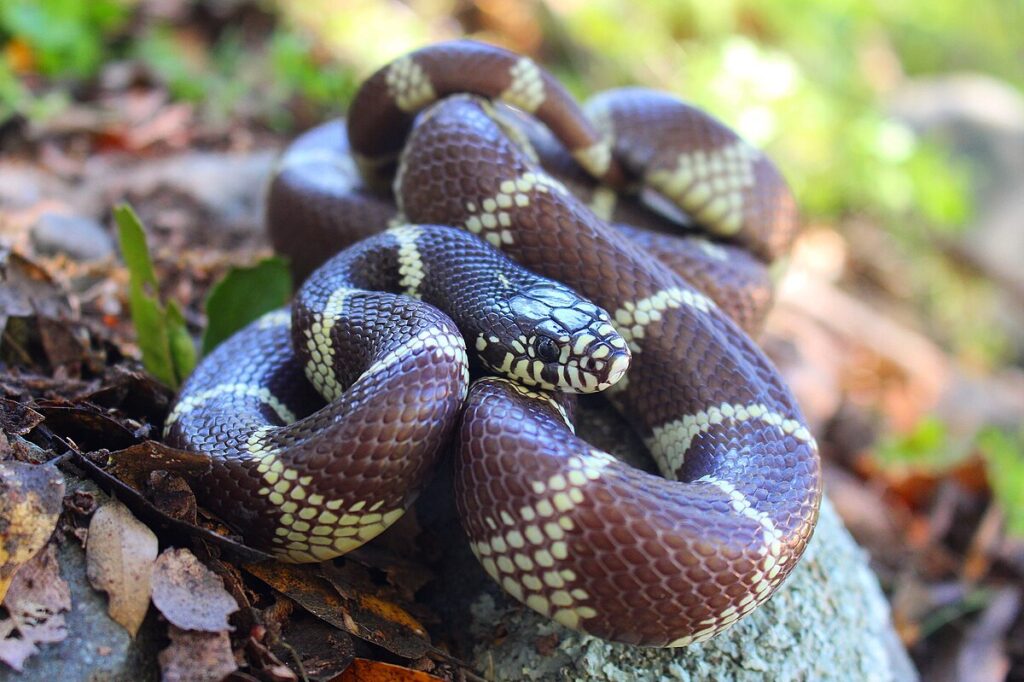
California Kingsnakes (Lampropeltis californiae) stand out as one of the most docile and adaptable species in the pet trade, combining a peaceful temperament with striking appearance and straightforward care requirements. These medium-sized colubrids typically grow to 3-4 feet in length and are renowned for their distinctive banded or striped patterns in contrasting colors, with the classic black and white “bandeds” being particularly popular.
While some juvenile specimens may initially be slightly defensive, regular gentle handling quickly transforms them into exceptionally calm adults that rarely show any aggression toward their keepers. California Kingsnakes possess remarkable adaptability, thriving in a wide range of conditions that mimic their diverse natural habitats across western North America.
Their feeding response is excellent, readily accepting appropriately-sized rodent prey, which contributes to their reputation as undemanding captives. As efficient hunters in the wild, they have natural immunity to the venom of other snakes and will even consume other serpents, earning them their “king” designation. With a lifespan of 15-20 years and minimal special care requirements, these beautiful snakes provide beginner keepers with a peaceful, long-term companion that maintains its gentle nature throughout its life.
Gopher Snakes: Underrated Gentle Giants
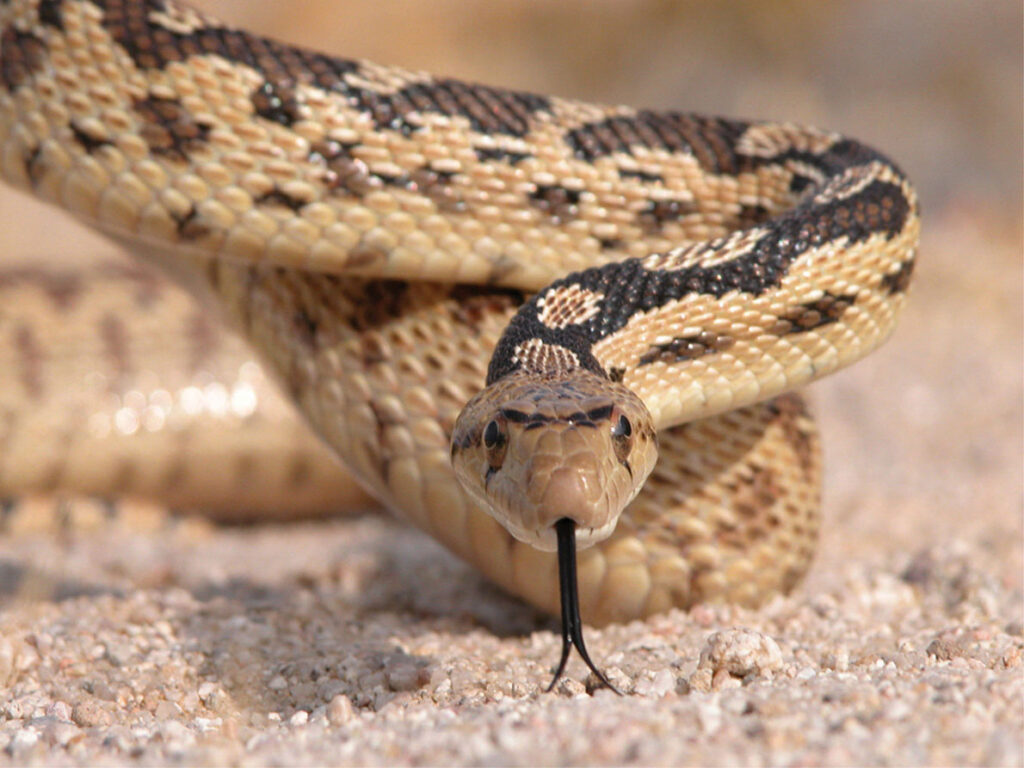
Gopher Snakes (Pituophis catenifer) represent one of the most underappreciated peaceful snake species in the pet trade, often overshadowed by more exotic options despite their excellent temperaments. These large North American colubrids can reach impressive lengths of 4-7 feet, offering the presence of a large snake without the more complex care requirements of similarly sized constrictors.
While wild-caught specimens may initially be defensive, captive-bred Gopher Snakes typically display remarkably calm temperaments, quickly becoming accustomed to handling and rarely displaying aggressive behaviors. Their natural history as active hunters of rodents translates to curious, alert behavior in captivity, making them engaging pets that interact with their environment.
Gopher Snakes are exceptionally hardy, tolerating a wide range of temperatures and humidity levels, which contributes to their suitability for novice keepers. Their attractive patterning of brown, tan, and black blotches on a cream or yellow background provides aesthetic appeal without the genetic health concerns sometimes associated with heavily selectively bred morphs of other species. With proper care including adequate space for their size, appropriate heating, and regular handling, these impressive snakes can live 15-25 years, forming long-term bonds with their keepers while maintaining their peaceful disposition.
Spotted Pythons: Australia’s Pocket Pythons
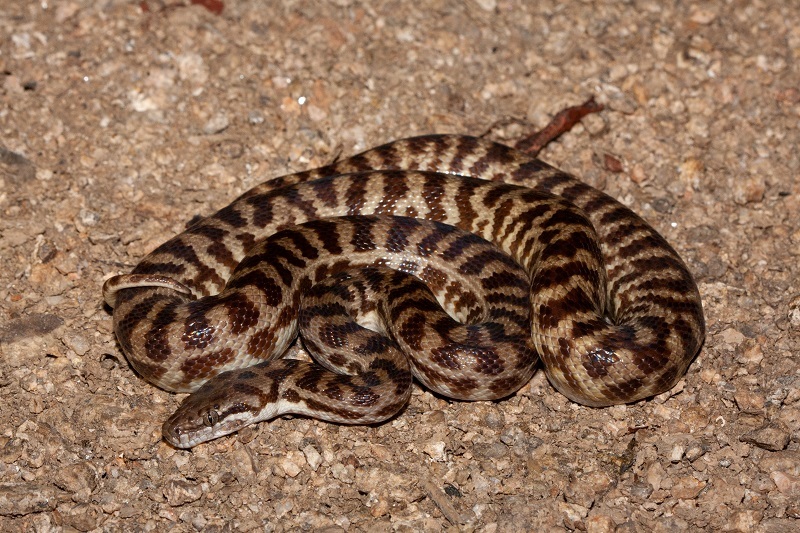
Spotted Pythons (Antaresia maculosa) combine the appeal of python ownership with a manageable size and exceptionally docile temperament, making them ideal for keepers with limited space. These Australian pythons typically reach only 3-4 feet in length, with a slender build that requires less enclosure space than many other python species of similar length. Despite their modest dimensions, Spotted Pythons display the calm, deliberate personality typical of larger pythons, rarely becoming defensive and quickly acclimating to regular gentle handling.
Their attractive patterning consists of dark spots or blotches scattered across a tan or brown background, with each individual showing slight variations in their markings. Native to the eastern coast of Australia, these pythons thrive in captivity with moderate temperatures, appropriate humidity levels, and secure hiding spots that make them feel protected.
Spotted Pythons are renowned for their excellent feeding response, readily accepting appropriately sized rodent prey throughout their lives. With lifespans of 15-20 years and minimal special care requirements beyond those typical for most python species, these small, peaceful serpents represent an excellent choice for both beginners and experienced keepers seeking a gentle, long-term companion.
African House Snakes: The Overlooked Gems
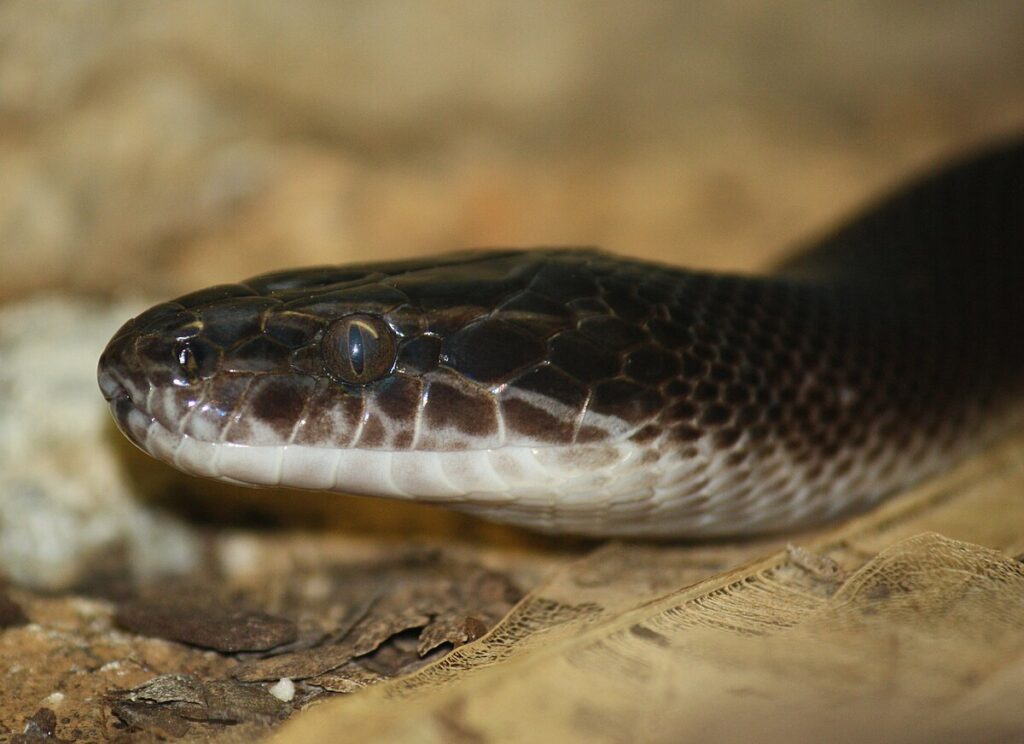
African House Snakes (Boaedon species, formerly Lamprophis) represent some of the most underrated peaceful snakes in the reptile hobby, combining docile temperaments with straightforward care requirements. These medium-sized colubrids, typically reaching 2-4 feet in length, originate from sub-Saharan Africa where they naturally inhabit areas close to human settlements, hence their common name.
Most captive specimens display remarkably calm temperaments, rarely becoming defensive even during their initial acclimation period and quickly becoming comfortable with regular handling. African House Snakes possess sleek bodies with glossy scales in varying shades of brown, gray, or black, often with subtle striping along the sides of the head. Their care requirements are uncomplicated, with moderate temperatures, standard humidity levels, and simple enclosure setups making them suitable for keepers of all experience levels.
These adaptable snakes have excellent feeding responses, readily accepting appropriately sized rodent prey throughout their lives, which contributes to their hardiness in captivity. With lifespans of 15-20 years and undemanding maintenance needs, African House Snakes deserve greater recognition as peaceful, reliable companions for reptile enthusiasts seeking something different from the more common species in the hobby.
Sand Boas: Gentle Burrowers from Around the World
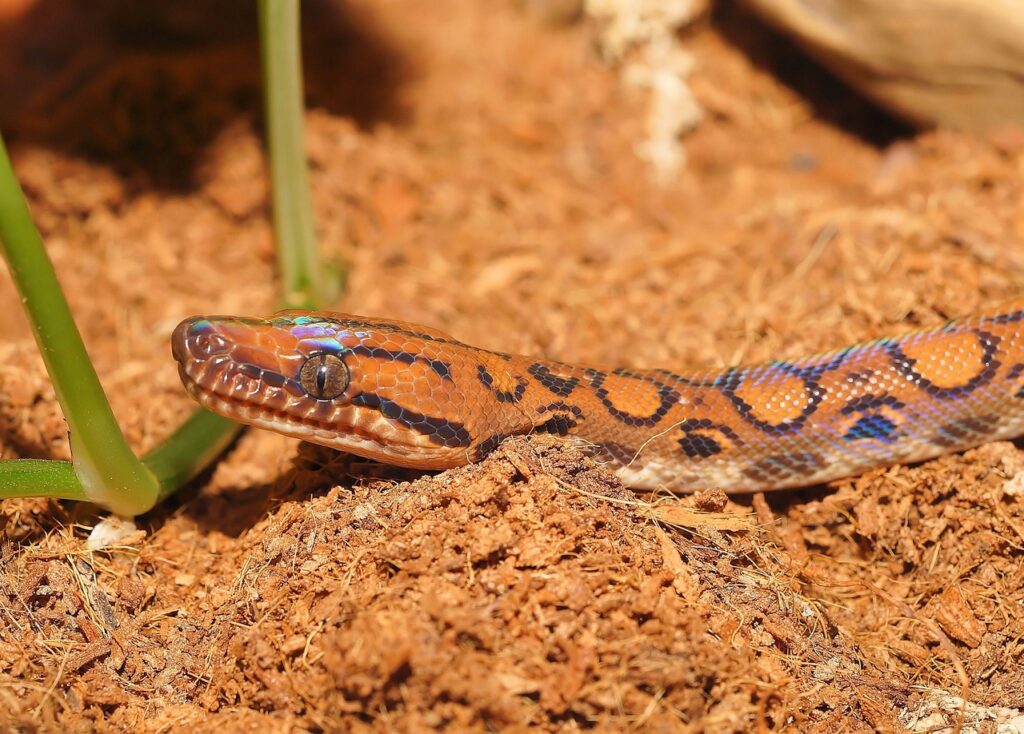
Sand Boas (Eryx species) beyond the well-known Kenyan variety offer reptile enthusiasts a diverse group of peaceful, fossorial snakes with charming personalities and manageable sizes. These stout-bodied constrictors, found across parts of Africa, the Middle East, and Asia, typically reach only 1.5-3 feet in length, with females substantially larger than males.
Species such as the Arabian Sand Boa (Eryx jayakari), Rough-scaled Sand Boa (Eryx conicus), and Saharan Sand Boa (Eryx muelleri) all share similar behavioral traits, spending much of their time partially or completely buried in their substrate while displaying remarkably calm temperaments when handled.
Their unique adaptations for desert life, including cylindrical bodies, small eyes, and specialized scales for moving through loose substrate, make them fascinating subjects for observation. Sand boas rarely become defensive, with most specimens never attempting to bite even during their initial adjustment to captivity.
Their care requirements reflect their arid natural habitats, with warm temperatures, low humidity, and deep substrates that allow for their natural burrowing behaviors. While less commonly available than some other species on this list, these peaceful burrowers offer distinctive appearances, gentle temperaments, and the appeal of keeping something slightly more unusual while still being appropriate for keepers of various experience levels.
Creating the Perfect Habitat for Peaceful Snakes
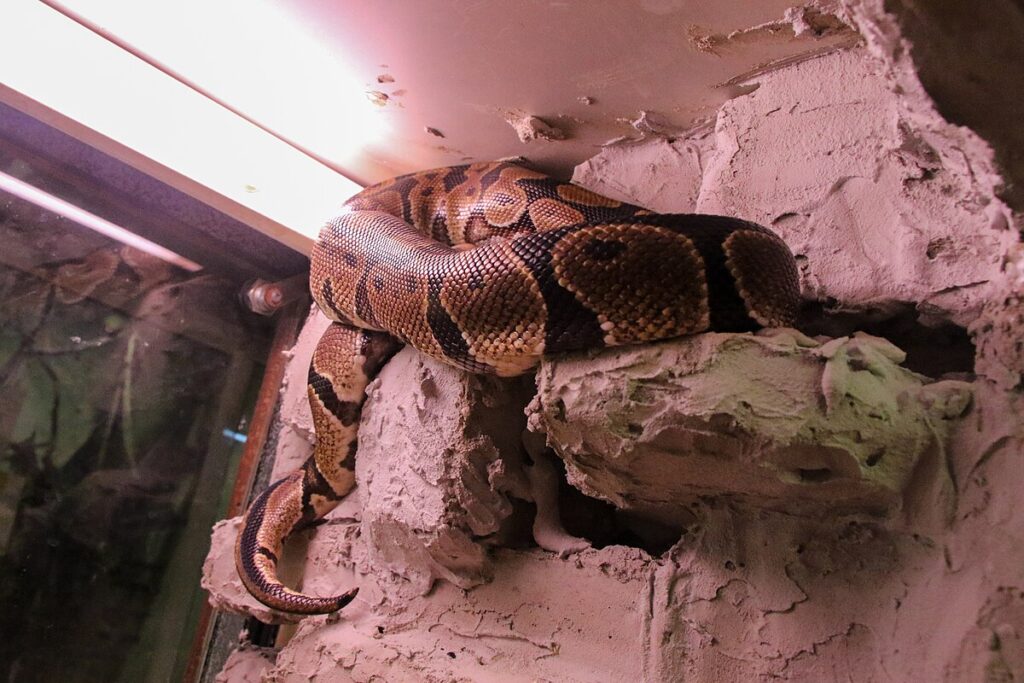
Creating appropriate habitats for peaceful snake species involves understanding both their physical needs and the environmental features that promote their natural behaviors and psychological well-being. Each species requires specific temperature gradients, with most peaceful species thriving with a warm side between 85-90°F and a cooler side around 75-80°F, allowing them to thermoregulate as they would in nature.
Humidity requirements vary significantly between species, from the low humidity needs of sand boas and rosy boas to the moderate humidity requirements of ball pythons, making proper research essential before setup. Enclosure size should allow the snake to fully stretch out along at least two sides of the habitat, with sufficient height for climbing species like corn snakes and kingsnakes.
Multiple secure hiding spots are critical for all peaceful species, as the ability to conceal themselves contributes significantly to their sense of security and reduces stress, which helps maintain their docile temperaments. Appropriate substrates that either retain humidity or facilitate burrowing, depending on the species’ natural history, complete the foundation of a habitat that will support both the physical health and behavioral needs of these gentle reptilian companions.
Conclusion: Finding Your Peaceful Serpentine Companion
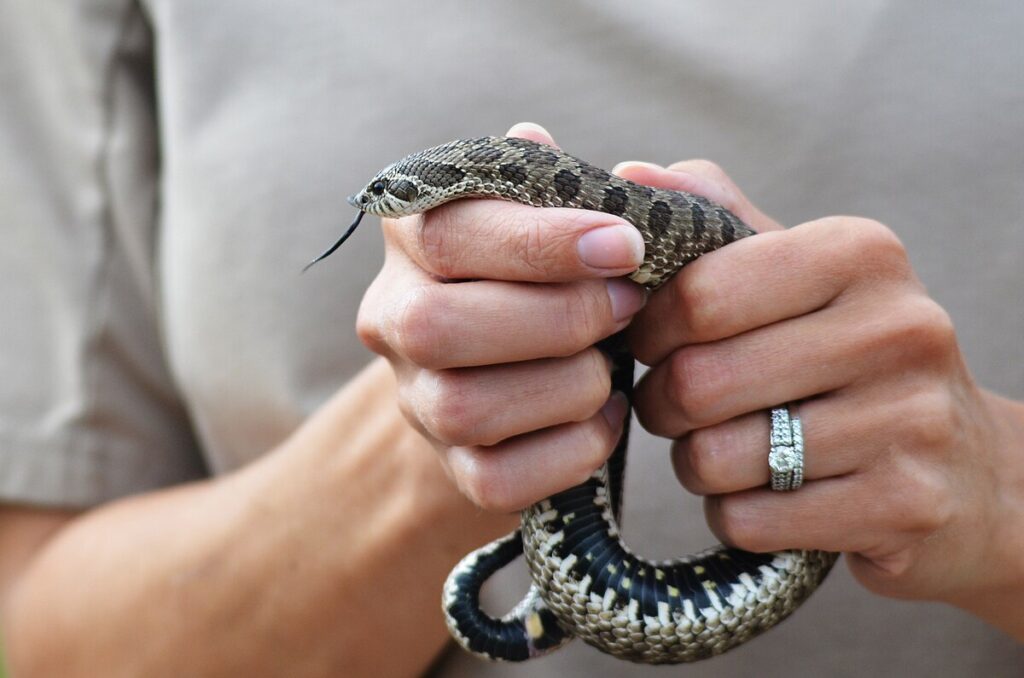
The world of peaceful snake species offers prospective and current reptile keepers a diverse array of options suited to various preferences and experience levels. From the popular ball pythons and corn snakes to the less common African house snakes and sand boas, these gentle serpents provide the rewards of reptile keeping without the stress or safety concerns sometimes associated with more defensive species.
When selecting your ideal peaceful snake companion, consider not only the species’ temperament but also its adult size, lifespan commitment, specific care requirements, and your ability to provide appropriate housing throughout the animal’s life. Remember that individual personality variations exist within all species, making acquisition from reputable breeders who handle their animals regularly particularly important when temperament is a priority.
With proper research, preparation, and commitment to responsible ownership, these ten peaceful snake species can provide decades of fascinating companionship while challenging common misconceptions about snake behavior. Whether you’re drawn to the miniature size of a male Kenyan sand boa or the impressive presence of a gopher snake, there’s a gentle serpentine companion waiting to enrich your life with its unique charm and surprisingly peaceful nature.

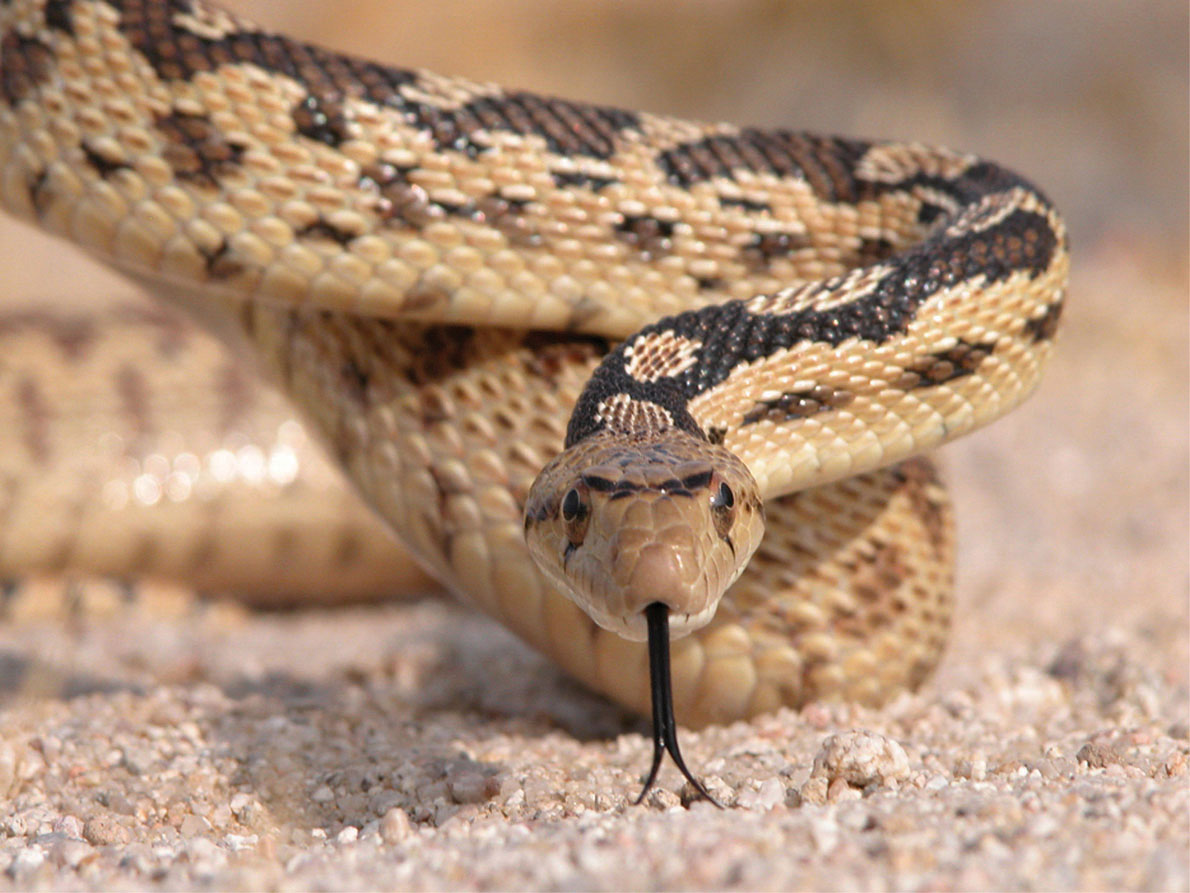
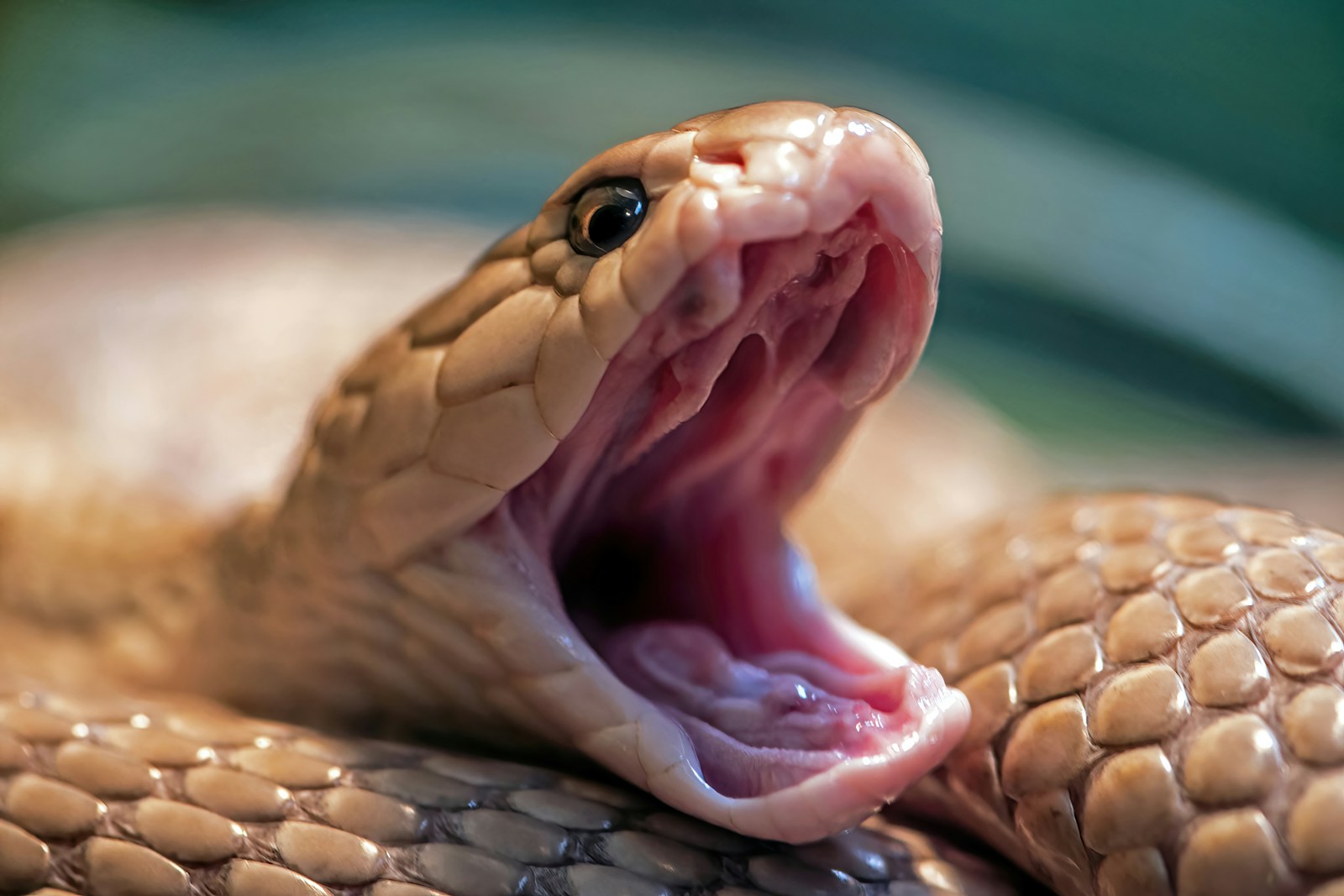
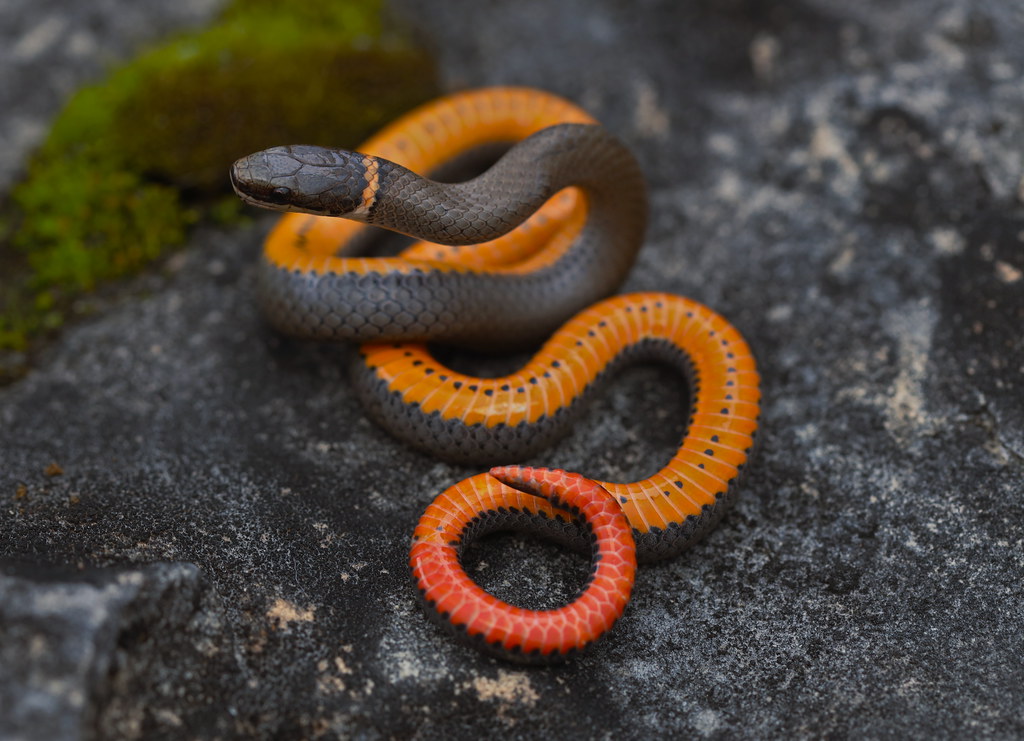
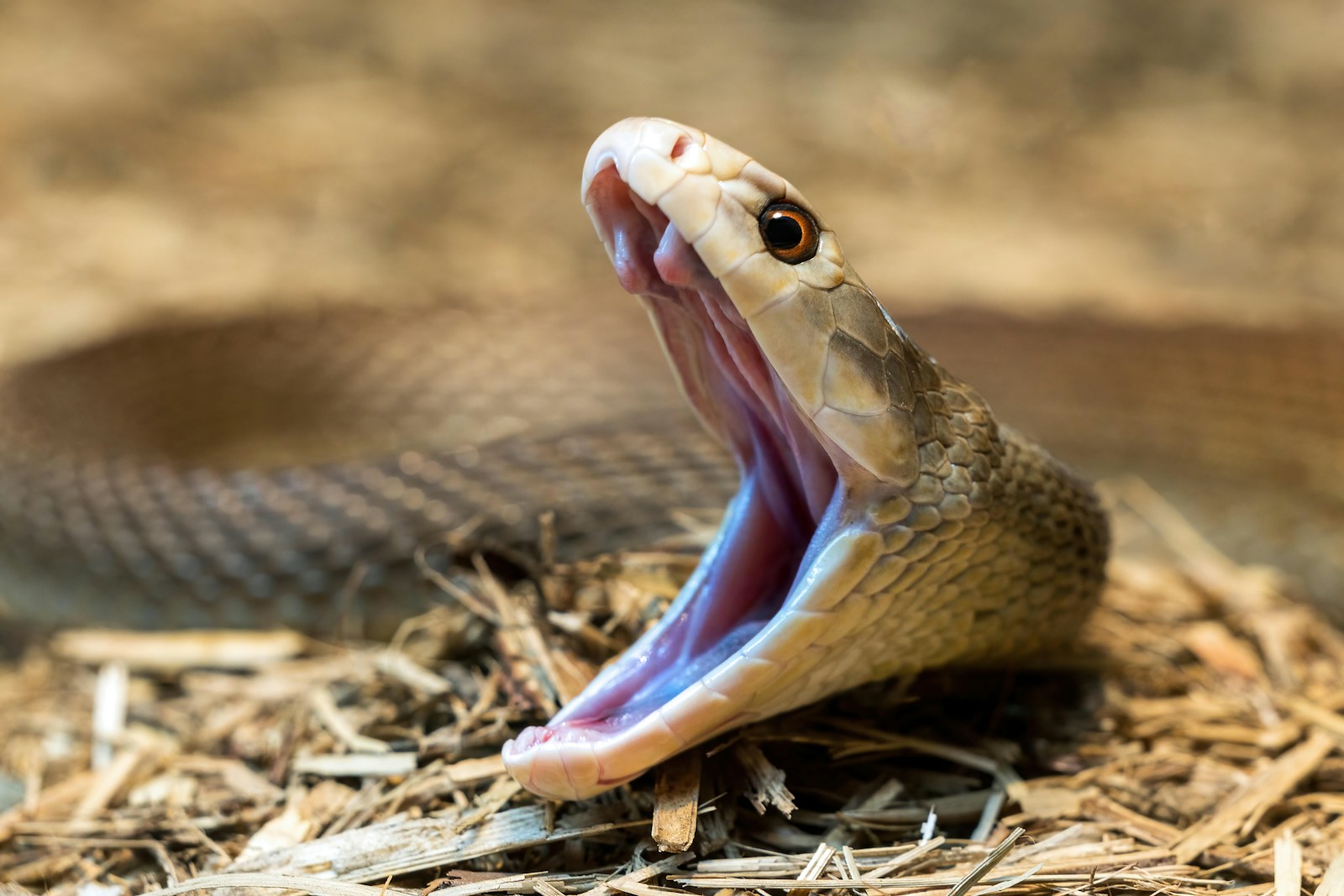
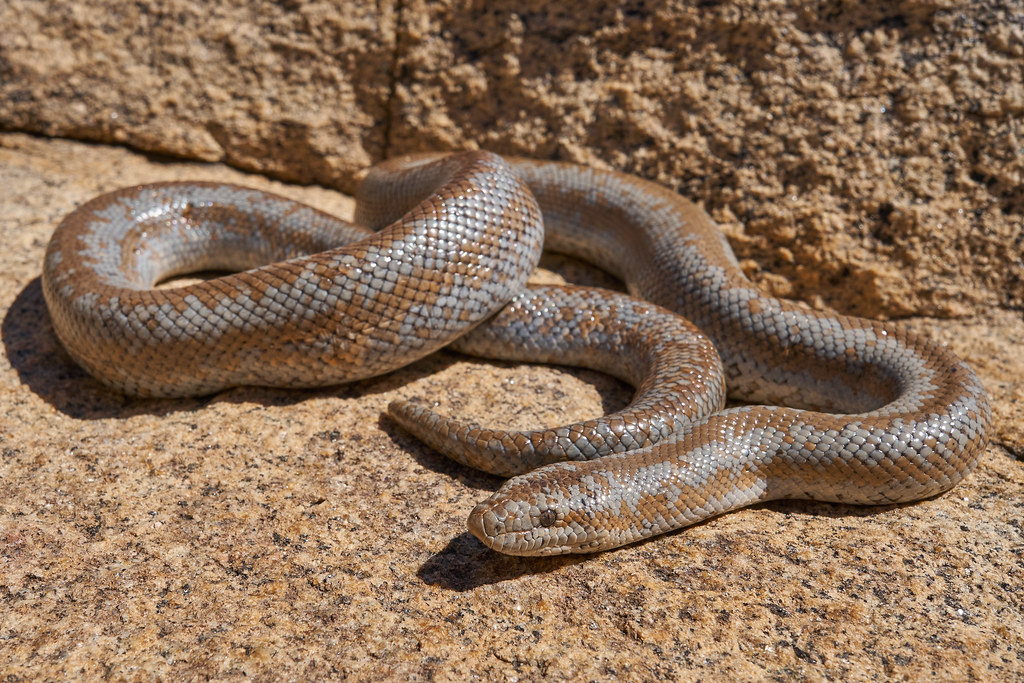
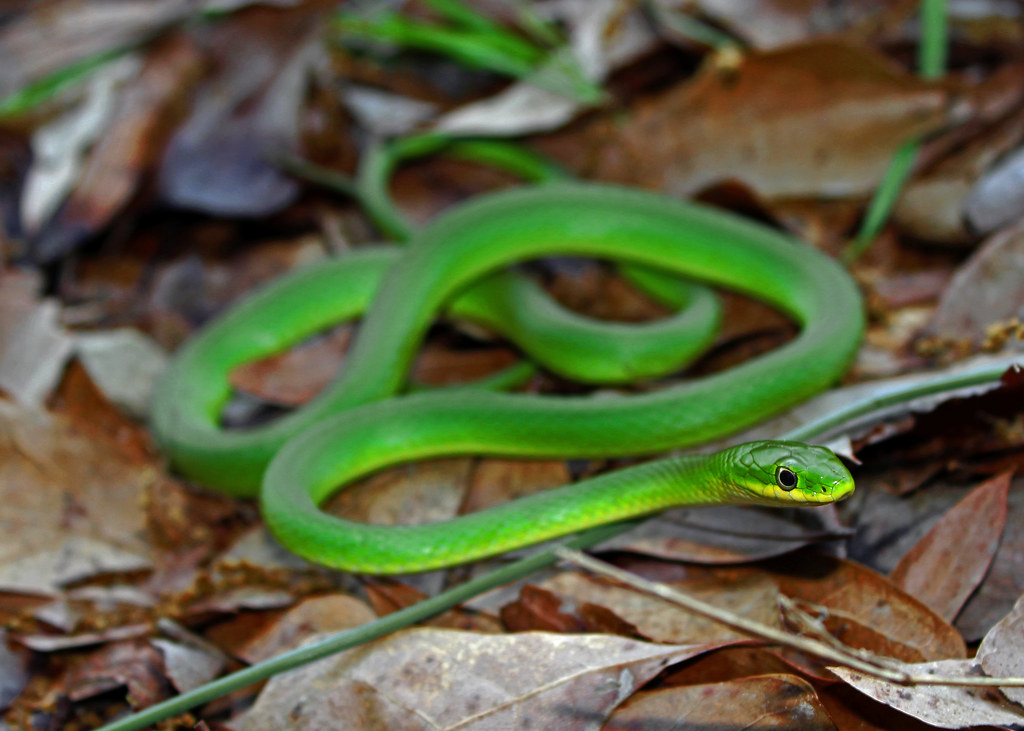
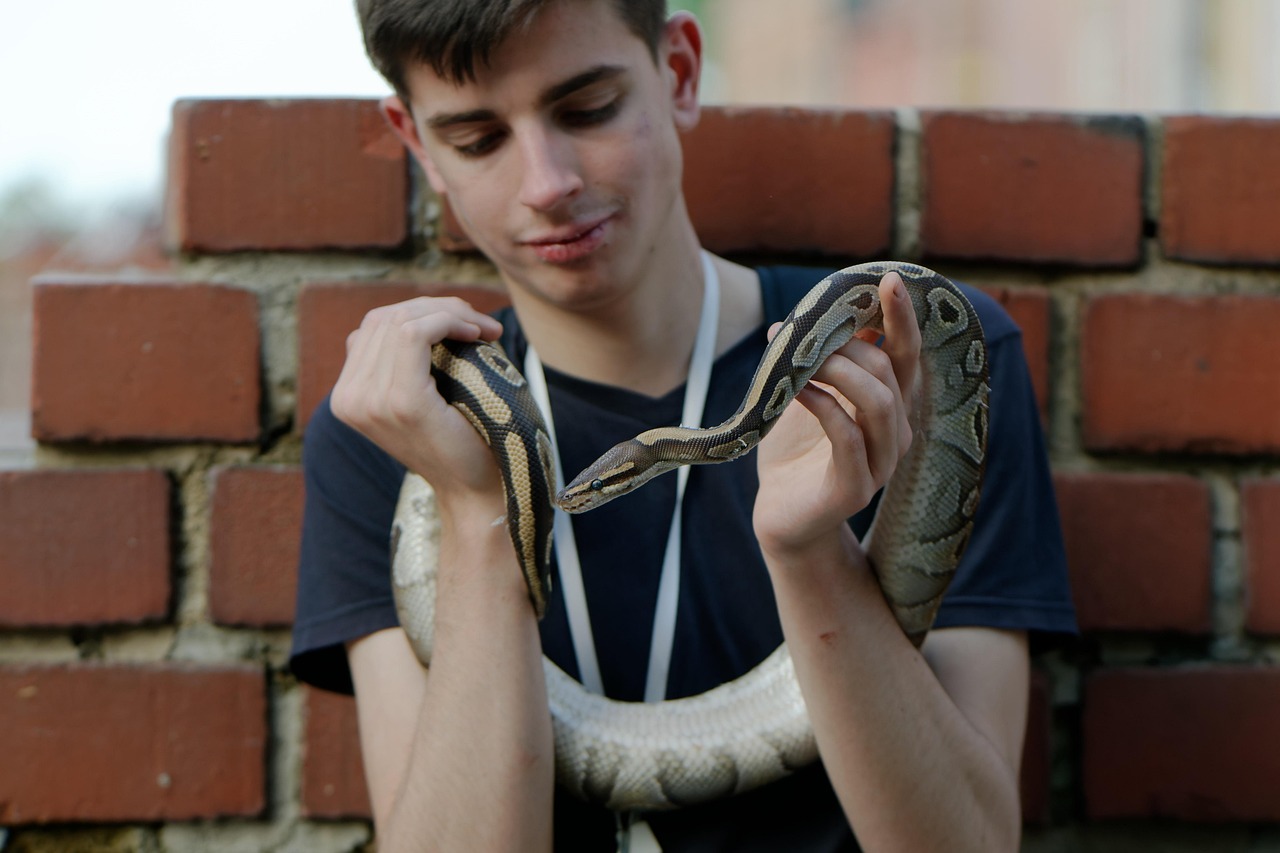
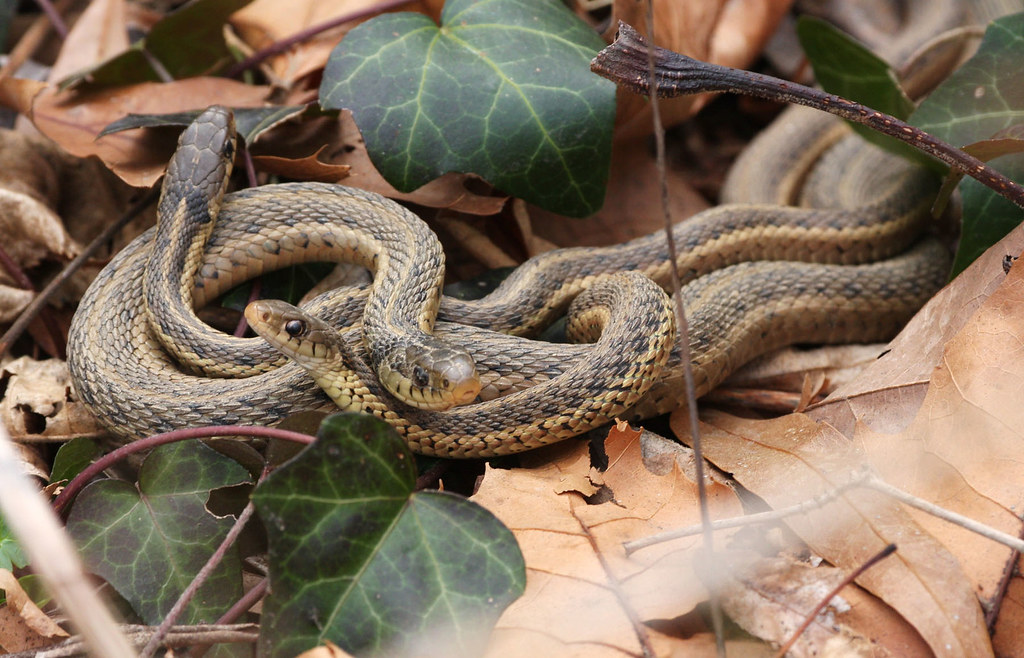
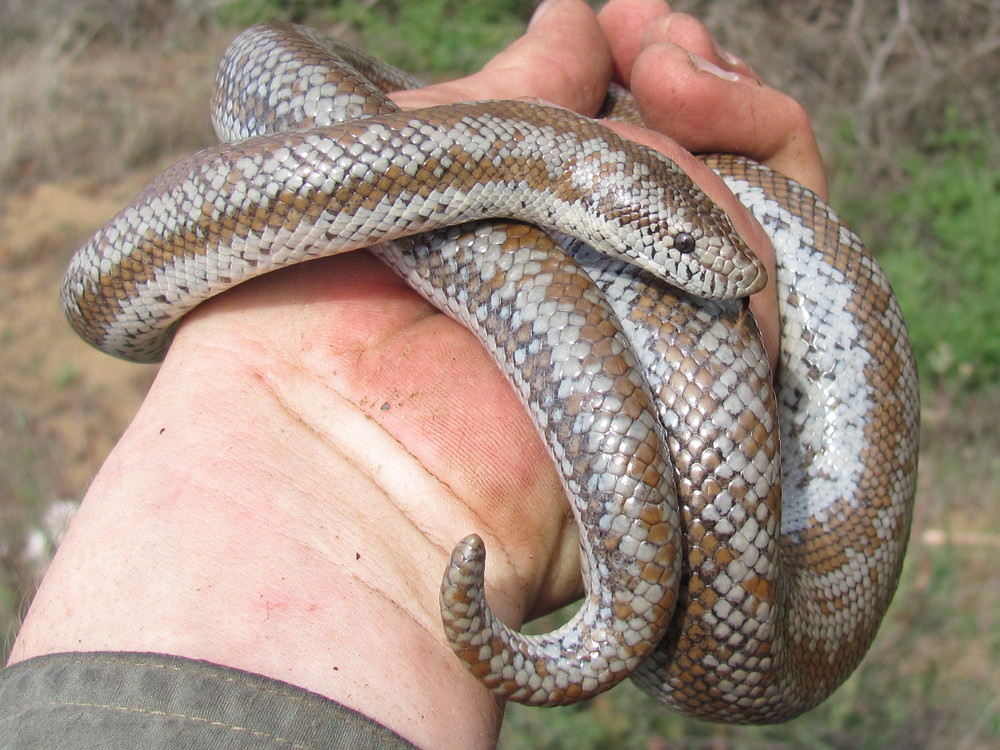
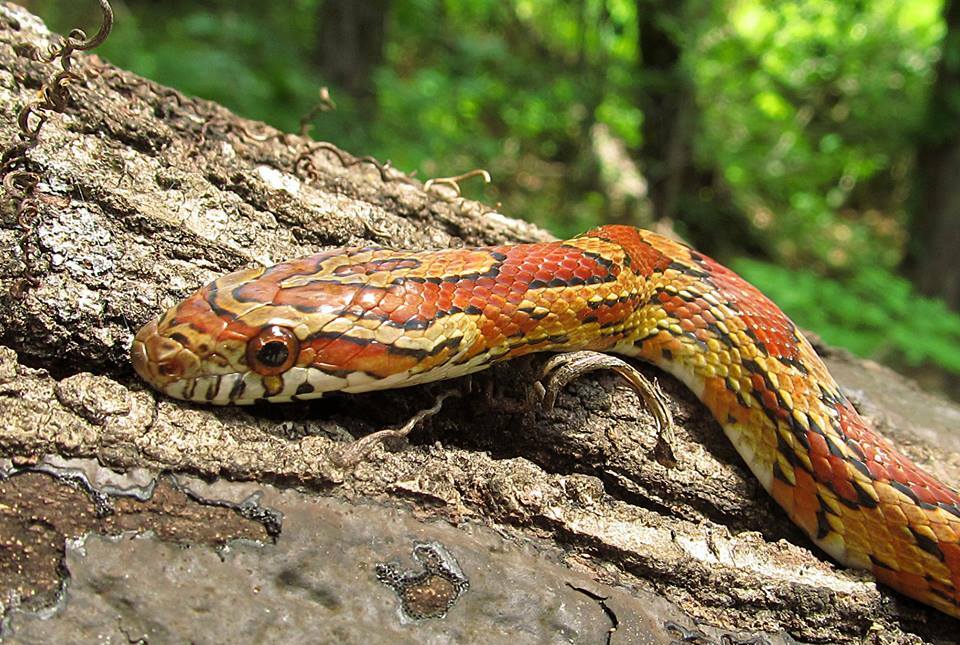
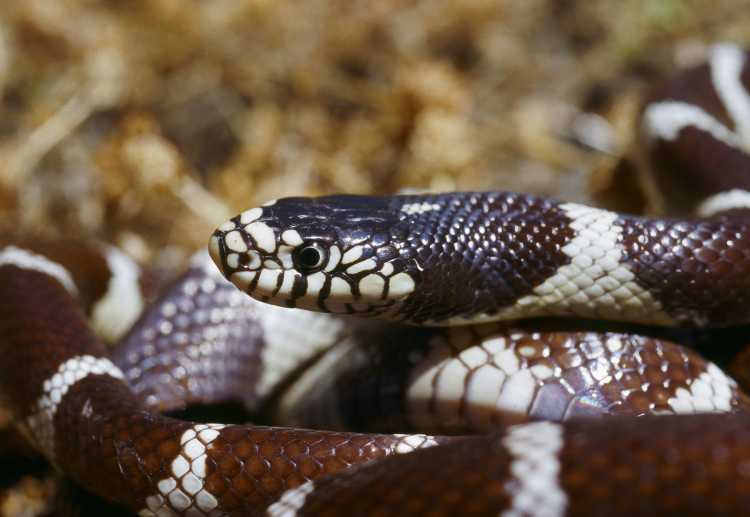




Leave a Reply